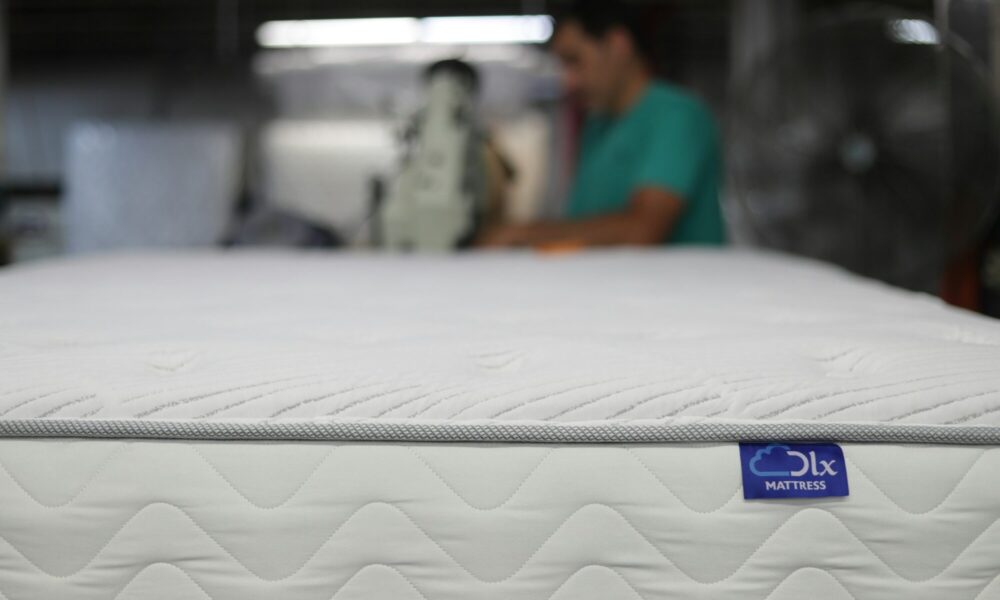Direct-to-Consumer Isn’t Just for Mattresses Anymore

Direct-to-consumer (DTC) models are no longer limited to predictable purchases like mattresses or razors. A growing number of industries—from healthcare to luxury goods—are adopting this approach to offer greater personalization, lower prices, and more transparent experiences. What began as a niche experiment has become a widespread shift in how brands reach people.
Shoppers now expect more than convenience—seeking control over what they buy, how it’s delivered, and who they buy it from. DTC models support this shift by removing layers between makers and buyers, allowing for tailored options that align with individual needs and values. As the model spreads across unexpected categories, it’s quietly rewriting the rules of commerce.
Buying a Casket Online Is No Longer Taboo
Buying online, once a sensitive subject, is becoming more accepted. Families are drawn to digital retailers for the cost savings and the ability to make choices in a more private setting. Choosing a casket through a trusted online platform allows for a wider range of styles and materials, making it easier to find something that fits both personal preferences and budget.
Buying directly makes the process simpler. Easy comparison tools and fast delivery help make things smoother, bringing more dignity and calm to a difficult time. Many websites also display customer reviews and side-by-side feature breakdowns to help clarify options. Reviewing these choices can help families make informed decisions without added stress.
Luxury Jewelry Is Skipping Retail Windows Altogether
Luxury jewelry is no longer confined to glossy showrooms and velvet cases. Direct-to-consumer brands are rewriting the rules by bringing rare, customizable pieces straight to buyers—often with ethical sourcing and lab-grown gems at the core. Freed from the constraints of physical retail, independent designers can experiment, innovate, and reach shoppers directly with distinctive collections that reflect personal style and values.
This shift mirrors a larger DTC trend: replacing gatekeeping with flexibility. Try-at-home kits, virtual consultations, and 3D previews let buyers explore at their own pace. It’s a more modern, personalized way to shop for jewelry—and a glimpse into where luxury is headed.
Prescription Glasses and Hearing Aids Are Going Around Gatekeepers
How people get medical gear is changing. It’s now possible to order hearing aids and prescription glasses directly through online platforms. Many retailers simplify the fitting experience with tools like calibration kits and guided hearing tests that use sound tuning via headphones. Shoppers are no longer limited to in-person appointments or clinic hours.
The move toward online access can lead to major savings by eliminating fees tied to traditional providers and offering a broader range of styles and functions. Some sites let you upload a photo of your current glasses to capture lens specs, while others provide webcam-based virtual try-ons. Browsing online makes it easier to match products to personal needs with greater flexibility and confidence.
Home Saunas and Cold Plunge Tubs Are Now Showing Up on Porches
Wellness at home is growing, with saunas and cold plunge tubs now available through direct-to-consumer sellers. Many models can be delivered right to your door, making it easier to maintain self-care routines. Clear setup guides are often included, allowing setup without the need for professional assistance.
The shift away from traditional retail brings lower prices and added features like programmable temperature settings and app-controlled timers, all tailored to support personal wellness goals. Reviewing different options can help identify the right fit for your health needs, making it easier to personalize both relaxation and recovery routines.
Backyard Chicken Coops and Beekeeping Kits Are Getting Dropped at the Curb
The DTC movement isn’t stopping at fashion or wellness—it’s reaching straight into backyards. As more people seek self-sufficiency and sustainable living, brands are stepping up with direct-to-doorstep kits for chicken coops and beekeeping. Designed for simplicity, these products cater to both newcomers and seasoned hobbyists with options that prioritize ease of assembly and thoughtful design.
This expansion reflects a growing desire to take control over what we consume, not just how we shop. Many brands offer detailed video tutorials, planning guides, and access to local networks that support hands-on learning and community involvement. It’s commerce that fosters connection—and cultivates more than just honey and eggs.
Shopping habits aren’t just changing—they’re splintering the old retail mold. Direct-to-consumer brands are carving out space in places few expected, from diamond rings to chicken coops. Control, clarity, and customization now matter more than aisle displays or salespeople. Online tools strip away confusion, making comparison and personalization feel effortless. As more industries adapt, the idea of going through a middleman feels outdated. Even legacy sectors are shifting under the pressure. At this pace, it won’t be long before the rarest thing in retail isn’t what’s being sold—it’s finding something you can’t order straight to your door.

Source: Direct-to-Consumer Isn’t Just for Mattresses Anymore



